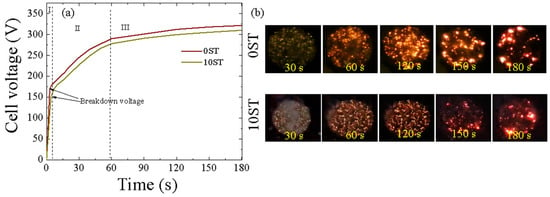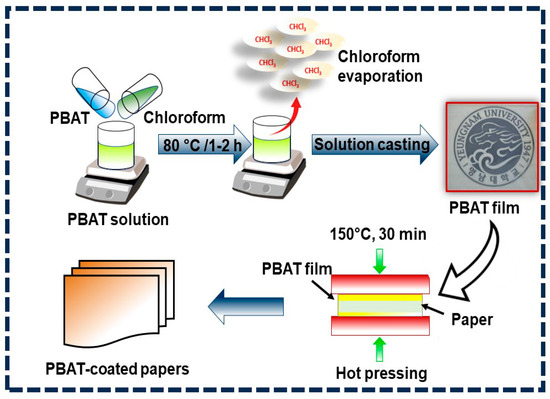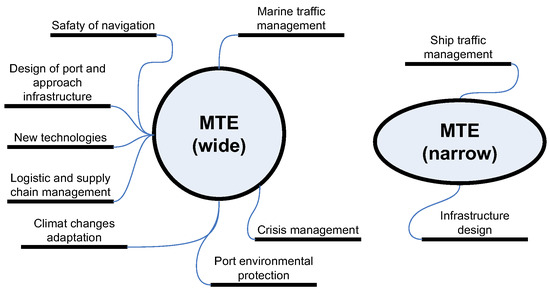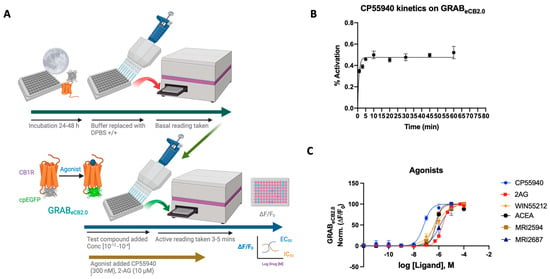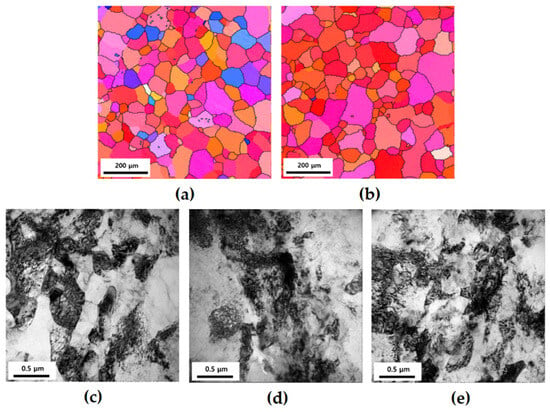Optic neuritis (ON) is a condition marked by optic nerve inflammation due to various potential triggers. Research indicates a link between telomeres and inflammation, as studies demonstrate that inflammation can lead to increased telomere shortening.
Aim: We aimed to determine the associations of telomere-related telomeric repeat binding factor 1 (
TERF1) rs1545827, rs10107605, and telomeric repeat binding factor 2
(TERF2) rs251796 polymorphisms and relative leukocyte telomere length (LTL) with the occurrence of ON.
Methods: In this research, a total of 73 individuals diagnosed with optic neuritis (ON) were studied and the control group included 170 individuals without any health issues. The DNA samples were obtained from peripheral blood leukocytes, which were purified using the DNA salting-out technique. Real-time polymerase chain reaction (RT-PCR) assessed single-nucleotide polymorphisms (SNPs) and relative leukocyte telomere lengths (LTL). The data obtained were processed and analyzed using the “IBM SPSS Statistics 29.0” program.
Results: Our study revealed the following results: in the male group,
TERF2 rs251796 (AA, AG, and TT) statistically significantly differed between the long and short telomere group, with frequencies of 65.7%, 22.9%, and 2.0% in long telomeres, compared to 35.1%, 56.8%, and 8.1% in the short telomere group (
p = 0.013). The
TERF2 rs251796 CT genotype, compared to CC, under the codominant genetic model, was associated with 4.7-fold decreased odds of telomere shortening (
p = 0.005). Meanwhile, CT+TT genotypes, compared to CC under the dominant genetic model, were associated with 3.5-fold decreased odds of telomere shortening (
p = 0.011). Also, the CT genotype, compared to CC+TT, under the overdominant genetic model, was associated with 4.4-fold decreased odds of telomere shortening (
p = 0.004).
Conclusion: The current evidence may suggest a protective role of
TERF2 rs251796 in the occurrence of ON in men.
Full article
 IJMS
IMPACT
IJMS
IMPACT Applied Sciences
IMPACT
Applied Sciences
IMPACT Sustainability
IMPACT
Sustainability
IMPACT Sensors
IMPACT
Sensors
IMPACT JCM
IMPACT
JCM
IMPACT Materials
IMPACT
Materials
IMPACT Molecules
IMPACT
Molecules
IMPACT Energies
IMPACT
Energies
IMPACT Electronics
IMPACT
Electronics
IMPACT Remote Sensing
IMPACT
Remote Sensing
IMPACT Cancers
IMPACT
Cancers
IMPACT Nutrients
IMPACT
Nutrients
IMPACT Mathematics
IMPACT
Mathematics
IMPACT Foods
IMPACT
Foods
IMPACT Buildings
IMPACT
Buildings
IMPACT Polymers
IMPACT
Polymers
IMPACT Animals
IMPACT
Animals
IMPACT Water
IMPACT
Water
IMPACT Plants
IMPACT
Plants
IMPACT Agronomy
IMPACT
Agronomy
IMPACT Biomedicines
IMPACT
Biomedicines
IMPACT Processes
IMPACT
Processes
IMPACT Microorganisms
IMPACT
Microorganisms
IMPACT Diagnostics
IMPACT
Diagnostics
IMPACT Nanomaterials
IMPACT
Nanomaterials
IMPACT Viruses
IMPACT
Viruses
IMPACT Medicina
IMPACT
Medicina
IMPACT Healthcare
IMPACT
Healthcare
IMPACT Cells
IMPACT
Cells
IMPACT Forests
IMPACT
Forests
IMPACT Agriculture
IMPACT
Agriculture
IMPACT Land
IMPACT
Land
IMPACT JMSE
IMPACT
JMSE
IMPACT IJERPH
IJERPH
 Symmetry
IMPACT
Symmetry
IMPACT Genes
IMPACT
Genes
IMPACT Pharmaceutics
IMPACT
Pharmaceutics
IMPACT Coatings
IMPACT
Coatings
IMPACT Micromachines
IMPACT
Micromachines
IMPACT Pharmaceuticals
IMPACT
Pharmaceuticals
IMPACT Atmosphere
IMPACT
Atmosphere
IMPACT Children
IMPACT
Children
IMPACT Religions
IMPACT
Religions
IMPACT Antioxidants
IMPACT
Antioxidants
IMPACT Life
IMPACT
Life
IMPACT Metals
IMPACT
Metals
IMPACT Biomolecules
IMPACT
Biomolecules
IMPACT Vaccines
IMPACT
Vaccines
IMPACT Education Sciences
IMPACT
Education Sciences
IMPACT Minerals
IMPACT
Minerals
IMPACT Horticulturae
IMPACT
Horticulturae
IMPACT Brain Sciences
IMPACT
Brain Sciences
IMPACT JPM
IMPACT
JPM
IMPACT Bioengineering
IMPACT
Bioengineering
IMPACT




